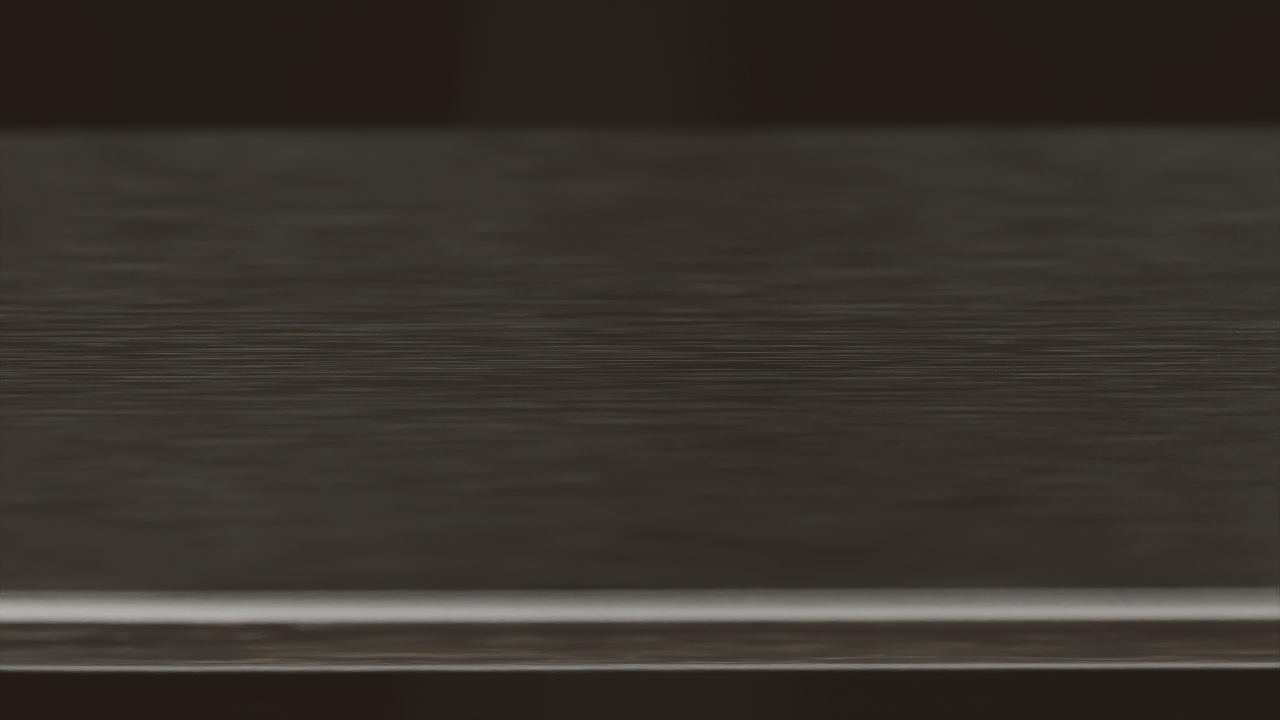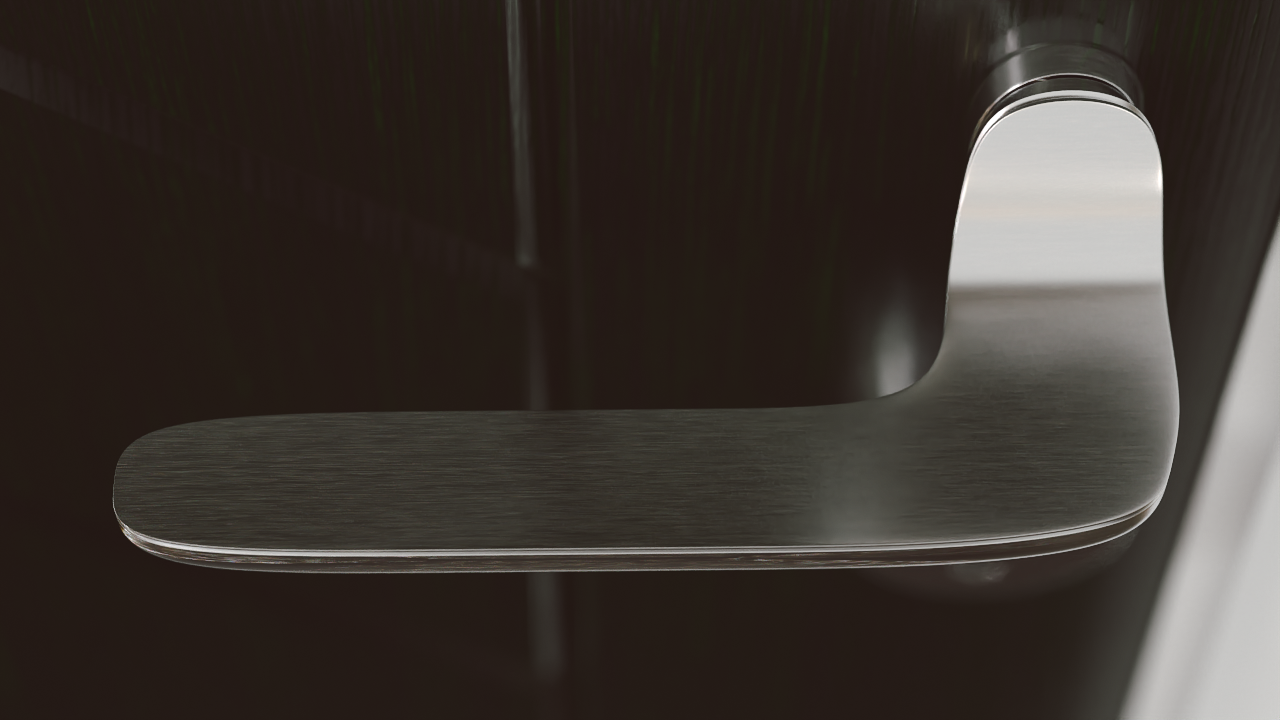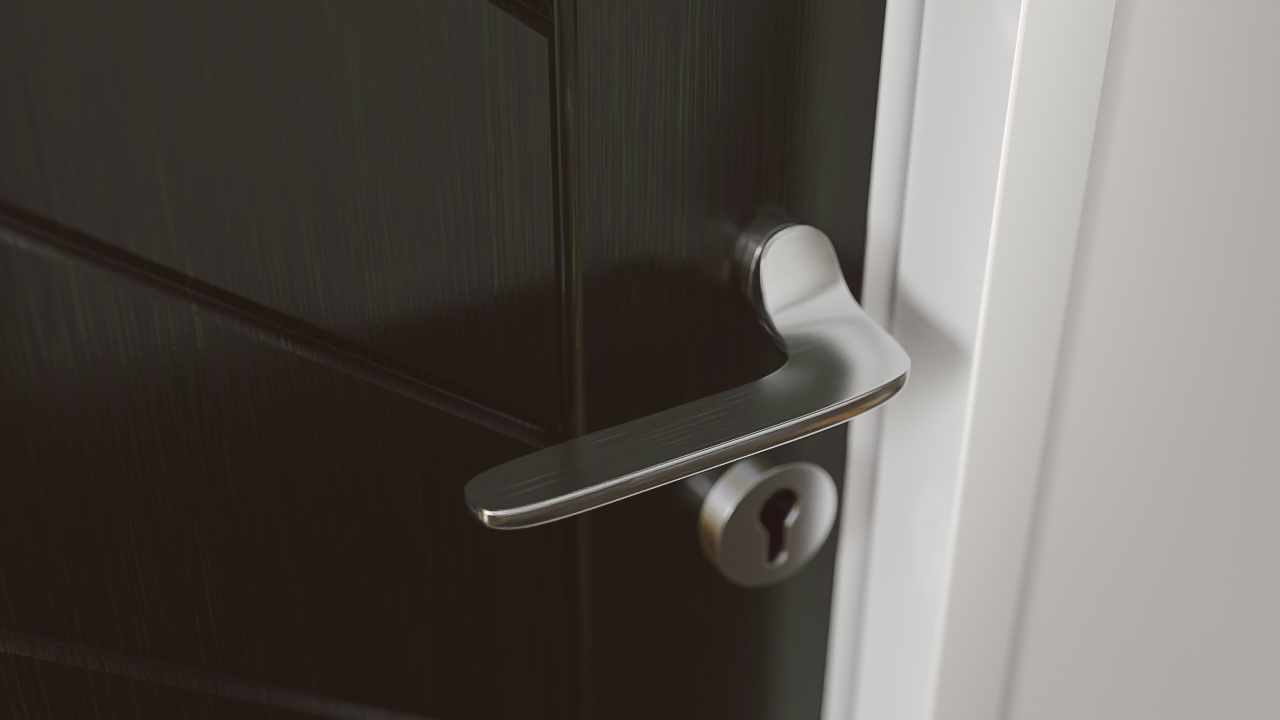AVAILABLE FOR : HOUDINI
With ReflectGlints we can fully approach ‘micro-brushing’ .. which is what actually makes a surface rough. We generally use statistical BRDF models to have rough reflections but those are intended to be used for far away views where what is rough actually is presented as smooth .. the problem is that the more we get closer the more we should see it getting rougher instead it simply remains smooth. In reality the more we get closer to the metal the more we’ll start to see the singular structures that make it rough, – that’s what happens below with ReflectGlints (only the camera view changed).

We may try to break our super smooth reflections with roughness or (even worst) with normal maps. The problem with plain bitmaps is that when the brush strokes will be way more little than a pixel they won’t be resolved correctly and won’t converge to a smooth patch at distance, appearing like a flickering mess .. mipmapping will do the rest instead when we’ll try a close-up .. they will appear either too smooth or too crisp and we’ll also miss the spectral coloration.
Instead even without getting to macro-like close-ups as above with ReflectGlints the appearance of metals is more realistic than when approached with models like GGX .. for example note the warm metal look .. ie. those golden shades come from the wave optics model and are physically based.

Eventually we can increase the ‘coverage’ param and decrease the ‘smoothness’ param to start seeing the brush structures from distance.

Refer to the following page for more info :

